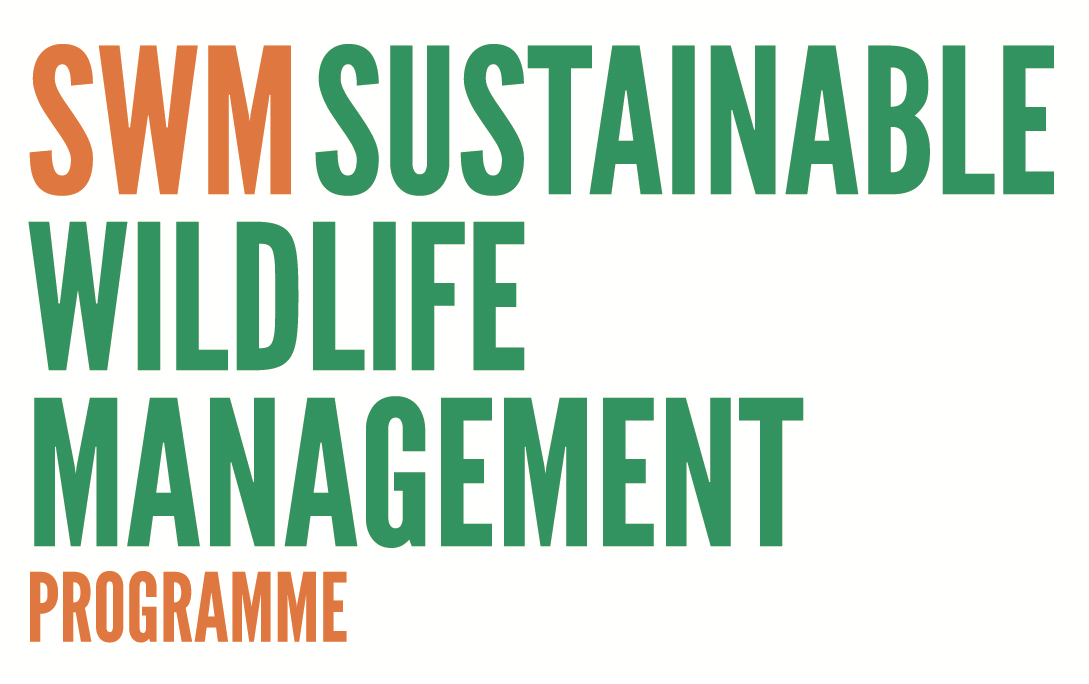Guyana- International treaties – Cartagena
RATIFIED INTERNATIONAL INSTRUMENTS

Guyana
Cartagena Protocol on Biosafety
Art. 2-1
The legal framework allows for the development, handling, transport, use, transfer and release of any living modified organism (LMO) to be done in a way that prevents or reduces risks to biodiversity, in particular taking into account risks to human health.
Document title |
References |
|---|---|
|
ENVIRONMENTAL PROTECTION ACT
Section 11 (1). A developer of any project listed in the Fourth Schedule, or any other project which may significantly affect the environment shall apply to the Agency for an environmental permit ([...]) FOURTH SCHEDULE-PROJECTS- 7. The release, use or keeping of any genetically modified organisms. |
Art. 3
The legal framework provides for definitions (of key terms) identical in wording or effect as those set out in Article 3.
|
No relevant elements identified/documented |
Art 7.1
For LMOs intended to be intentionally introduced into the environment of the importing State, the legal framework provides for a prior informed agreement procedure (PIAP) applying before the first intentional transboundary movement of LMOs.
|
No relevant elements identified/documented |
Art. 8-1
The legal framework allows for a written notification containing all information specified in Annex I to be made by the State of export (or directly by the exporter) to the competent national authority of the State of import before the intentional transboundary movement of an LMO referred to in Article 7-1.
|
No relevant elements identified/documented |
Art. 8-2
The legal framework allows for the establishment of a legal responsibility of the exporter for the accuracy of the information communicated as part of the notification provided in Article 8-1.
|
No relevant elements identified/documented |
Art. 10-3
The legal framework allows for the communication by the State of import, to the notifier and to the Biosafety Clearing-House (BCH), within 270 days of the date of receipt of the notification, of:
- the decision authorizing the import, with or without conditions, of the LMO and indicating how this decision will apply to subsequent imports of the same LMO; or
- the decision prohibiting import.
- the decision authorizing the import, with or without conditions, of the LMO and indicating how this decision will apply to subsequent imports of the same LMO; or
- the decision prohibiting import.
|
No relevant elements identified/documented |
Art. 11-1
For LMOs used directly for food (human or animal) or processed and which are likely to be the subject of a transboundary movement, the legal framework allows for an information procedure and for and for the communication to the BCH, within 15 days, of any final decision concerning the use on national territory (including the placing on the market) of such a LMO, accompanied by the information requested in Annex II
|
No relevant elements identified/documented |
Art. 15-2
The legal framework allows for the requirement that a risk assessment be carried out by the State of import before taking a decision under Article 10 (LMOs intended for intentional introduction into the environment).
|
No relevant elements identified/documented |
Art. 16-1
The legal framework allows for the establishment of mechanisms, measures and strategies aiming at regulating, managing and controlling the risks linked to the use, handling and transboundary movements of LMOs.
|
No relevant elements identified/documented |
Art. 16-2
The legal framework allows for the establishment of risk-based measures to prevent the adverse effects of the LMO on the conservation and sustainable use of biodiversity (including risks to human health) on the territory of the State of import..
|
No relevant elements identified/documented |
Art. 16-3
The legal framework allows for the adoption of appropriate measures to prevent unintentional transboundary movements of LMOs.
|
No relevant elements identified/documented |
Art. 16-4
The legal framework allows for any LMO, imported or developed locally, to be subject before use to an appropriate observation period corresponding to its life cycle or training time.
|
No relevant elements identified/documented |
Art. 18-1
The legal framework allows LMOs that are subject of an intentional transboundary movement under the Protocol to be handled, packaged and transported under conditions of safety, taking into account the relevant international rules and standards.
|
No relevant elements identified/documented |
Art. 18-2
The legal framework allows for the establishment of the following requirements:
a) For LMOs used directly for food or processed, documentation clearly indicating:
- that they “may contain” LMOs;
- they are not intended to be intentionally introduced into the environment;
- the contact details of the person to contact for any further information.
c) For LMOs intended to be intentionally introduced into the environment of the importing State as well as any other LMOs covered by the Protocol, documentation:
- clearly indicating that they are LMOs;
- specifying their identity and relevant traits and characteristics;
- indicating any safety rule to be observed for the handling, storage, transport and use of these organisms;
- indicating the contact details of the person to be contacted for any further information and, where applicable, the name and address of the importer and exporter;
- containing a declaration certifying that the movement complies with the requirements of the Protocol applicable to the exporter.
a) For LMOs used directly for food or processed, documentation clearly indicating:
- that they “may contain” LMOs;
- they are not intended to be intentionally introduced into the environment;
- the contact details of the person to contact for any further information.
c) For LMOs intended to be intentionally introduced into the environment of the importing State as well as any other LMOs covered by the Protocol, documentation:
- clearly indicating that they are LMOs;
- specifying their identity and relevant traits and characteristics;
- indicating any safety rule to be observed for the handling, storage, transport and use of these organisms;
- indicating the contact details of the person to be contacted for any further information and, where applicable, the name and address of the importer and exporter;
- containing a declaration certifying that the movement complies with the requirements of the Protocol applicable to the exporter.
|
No relevant elements identified/documented |
Art. 21 - 3
The legal framework allows for a protection of confidential information received under the Protocol (including confidential information received under the PIAP procedure provided for in Articles 7, 8, 9 and 10) as favourable as the protection afforded to confidential information relating to LMOs of national origin.
|
No relevant elements identified/documented |
Art. 23-1
The legal framework allows for the adoption of measures to encourage:
a) public awareness, education and participation regarding the safe transfer, handling and use of LMOs for the conservation and sustainable use of biodiversity, also taking into account the risks for human health; and
b) access to information on LMOs that can be imported.
a) public awareness, education and participation regarding the safe transfer, handling and use of LMOs for the conservation and sustainable use of biodiversity, also taking into account the risks for human health; and
b) access to information on LMOs that can be imported.
|
No relevant elements identified/documented |
Art. 23-2
The legal framework allows for:
a) public consultation when taking decisions relating to LMOs; and
b) making the outcome of these decisions available to the public, while respecting the confidentiality of the information.
a) public consultation when taking decisions relating to LMOs; and
b) making the outcome of these decisions available to the public, while respecting the confidentiality of the information.
|
No relevant elements identified/documented |
Art. 25-1
The legal framework allows for the adoption of national measures to prevent and suppress illicit transboundary movements of LMOs.
|
No relevant elements identified/documented |
